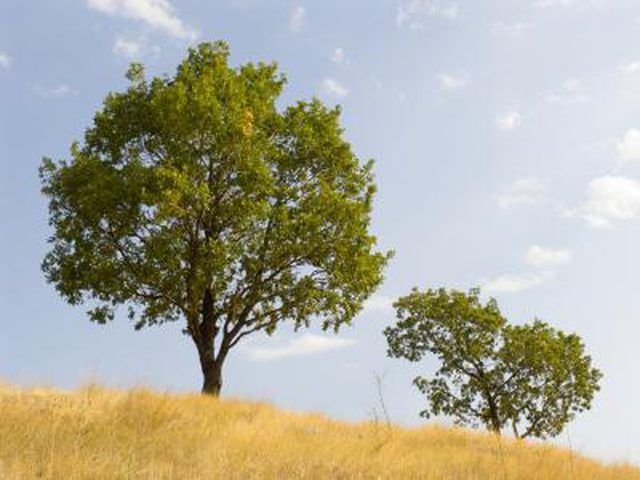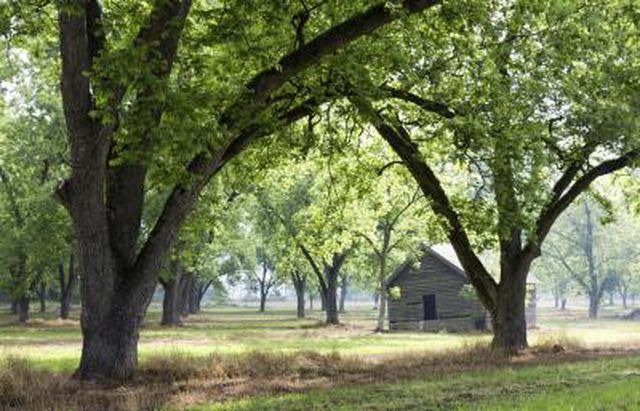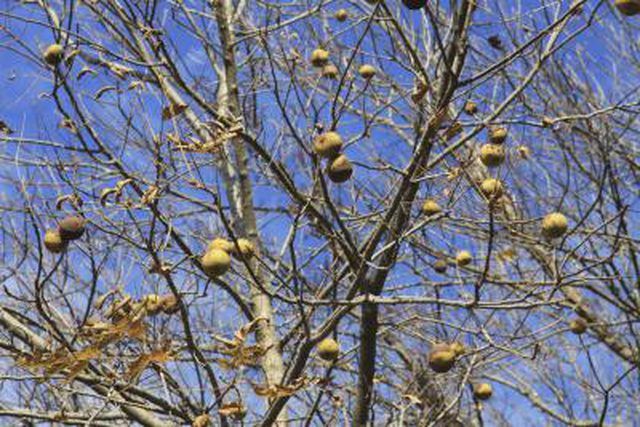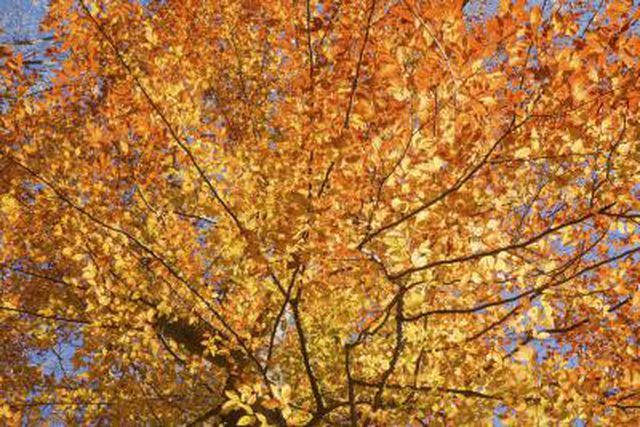Bulbs
Flower Basics
Flower Beds & Specialty Gardens
Flower Garden
Garden Furniture
Garden Gnomes
Garden Seeds
Garden Sheds
Garden Statues
Garden Tools & Supplies
Gardening Basics
Green & Organic
Groundcovers & Vines
Growing Annuals
Growing Basil
Growing Beans
Growing Berries
Growing Blueberries
Growing Cactus
Growing Corn
Growing Cotton
Growing Edibles
Growing Flowers
Growing Garlic
Growing Grapes
Growing Grass
Growing Herbs
Growing Jasmine
Growing Mint
Growing Mushrooms
Orchids
Growing Peanuts
Growing Perennials
Growing Plants
Growing Rosemary
Growing Roses
Growing Strawberries
Growing Sunflowers
Growing Thyme
Growing Tomatoes
Growing Tulips
Growing Vegetables
Herb Basics
Herb Garden
Indoor Growing
Landscaping Basics
Landscaping Patios
Landscaping Plants
Landscaping Shrubs
Landscaping Trees
Landscaping Walks & Pathways
Lawn Basics
Lawn Maintenance
Lawn Mowers
Lawn Ornaments
Lawn Planting
Lawn Tools
Outdoor Growing
Overall Landscape Planning
Pests, Weeds & Problems
Plant Basics
Rock Garden
Rose Garden
Shrubs
Soil
Specialty Gardens
Trees
Vegetable Garden
Yard Maintenance
How to Identify Nut Trees
How to Identify Nut Trees. Throughout large portions of North America, various species of nut-producing trees grow in the wild. Some of the most common are the walnut, the hickory, the pecan and the beech tree, all valued for the nuts that develop from their flowers and ripen into the fall months. Identifying these trees for those unfamiliar with...
Throughout large portions of North America, various species of nut-producing trees grow in the wild. Some of the most common are the walnut, the hickory, the pecan and the beech tree, all valued for the nuts that develop from their flowers and ripen into the fall months. Identifying these trees for those unfamiliar with their characteristics is done most easily by observing such features as the height of the tree, its leaves and bark, and of course, the nuts.

Step 1
Recognize a pecan tree by its height. These are the tallest of the nut trees in North America, with some growing to heights approaching 140 feet. The pecan has compound leaves, a common feature in nut trees, with each leaf stem between 12 and 20 inches long and holding from 9 to 17 narrow leaflets. Pecan nuts are a rich brown color, oblong and pointed on both ends. The nuts will split open to their base when they ripen. The mature pecan has light brown bark when mature.

Step 2
Distinguish the black walnut tree by its unique nuts. In addition to growing to 70 feet tall and having compound leaves that have as many as 23 small leaflets on each stem, the black walnut has unmistakable nuts. The nuts develop in a very hard two-halved shell that has a spherical husk surrounding it. This green husk turns a yellow-black as it ripens and will fall off the tree in October in most places. The moist husk will stain your hands with a brownish dye when you pick them up.

Step 3
Ascertain a tree is an American beech by its smooth bark. Even on the oldest beeches, the bark is smooth and has a blue-gray color to it. The beech tree is a favorite target of people seeking to carve their names or initials in a tree trunk. The beech tree grows to 100 feet tall and has roots that often begin above the ground and extend outwards from the base of the trunk. Look for triangular nuts that develop within a prickly outer husk.

Step 4
Spot a shagbark hickory by recognizing its bark. The bark of this nut tree has an outer layer that separates from the inner bark in long strips. These strips curve up at each end, making it look as if someone glued them on the trunk. Shagbark hickory grows to 90 feet tall in most of the eastern half of the nation. The nuts are in a husk that looks like a tiny green-brown pumpkin. The nuts are brown and have four distinct "ribs." The compound leaves typically have five leaflets, with some having as many as nine.